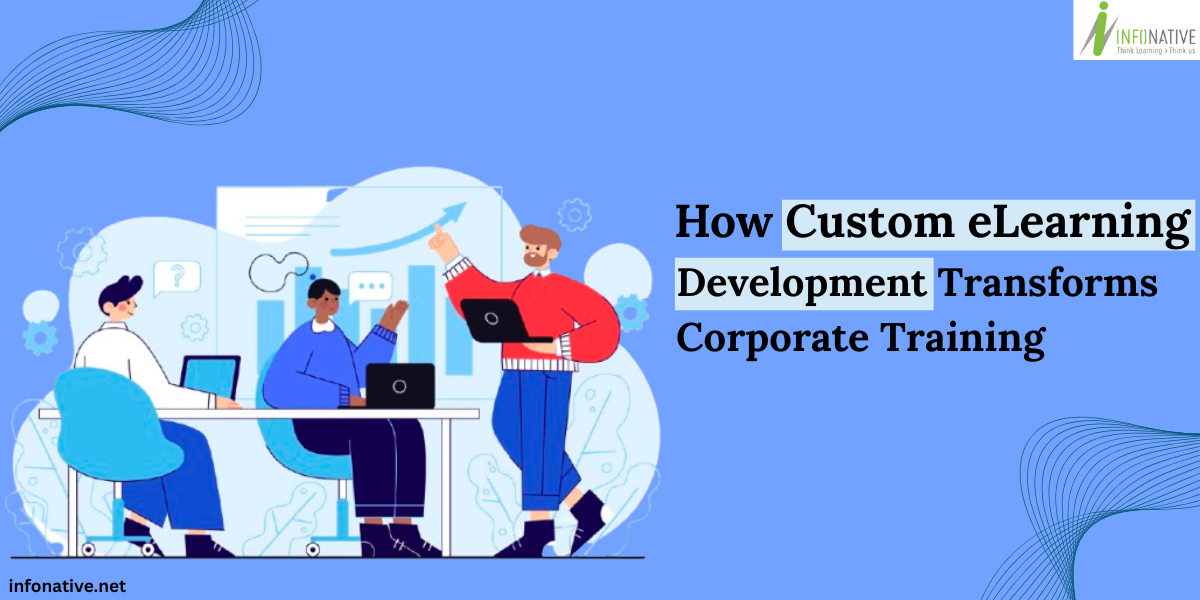

Poor Leadership practices cause most organizations to operate with a 5 - 10% productivity drag. This can cost organizations millions each year. – Smart CEO
When Leaders lack vision, strategy, diplomacy and an ability to provide direction and coaching for their staff, productivity often suffers. Can your organisation afford the impact of poor leadership on your customers and bottom-line?
Despite organisations spending billions on leadership development, 80% of them don’t work. Most leadership programs fail because these programs are designed as one-time events rather than continuous development over a period of time. These give learners a short-term boost, but do not introduce new behaviours that get embedded as new habits, which eventually become an organization culture.
Infonative has provided several leadership solutions to its spent over hundreds of hours in leadership training developing evidence based, contextual, customized content that focuses on outcome-based training. In order to achieve this, we follow a systematic approach of:
• Assessing the current program to analyze gaps and identify the most relevant leadership competencies for today’s market
• Profiling audience in terms of specific requirements of their job roles – be it senior executives, mid-level managers, or front-line emerging leaders
• Articulating the to-be state in terms of content, design, performance objective, technology, localization etc.
• Presenting an approach that is sufficiently detailed to provide an adequate understanding of the topic with effective, contextual examples.
• Building a prototype and carry out a full-scale development after the prototype is approved.
• Making the training courses translation friendly if any foreign or regional language translation or localization is required for a wider audience.

We at Infonative focus on the following critical aspects for the success of leadership training:
to real on-the-job projects that have a business impact rather than focus only on personal-development
change in the organization through tools and special projects
examples to help learner understand how it applies to real life
in leadership performance over time

to respond to real-life scenarios and receive feedback
for increased engagement
to build a learning community of leaders
for situational learning that mirror real-world challenges

In the modern digital workplace, continuous learning has become a vital component of organisational growth. Conventional training approaches—such as classroom sessions or standardised modules—are steadily giving way to custom eLearning development. Bespoke digital learning solutions enable organisations to upskill their workforce effectively, boost engagement, and deliver measurable results that align with business objectives.
View
Organisations are under increasing pressure to keep their employees equipped with the right skills, knowledge, and tools to remain competitive in a fast-changing business landscape. Learning and Development (L&D) plays a pivotal role in strengthening workforce performance, particularly as remote and hybrid work environments continue to reshape how companies function. Yet, traditional L&D approaches—often manual, repetitive, and time-intensive—struggle to meet the demands of dispersed teams. Workflow automation addresses these challenges by streamlining routine tasks, reducing administrative effort, and delivering smooth, consistent digital learning experiences. This allows L&D teams to focus on impactful training while driving efficiency and engagement across remote workforces.
View
Instructor-led training (ILT) has long been a trusted method for building skills, sharing knowledge, and training employees. It enables learners to interact with trainers, ask questions, and take part in discussions. Recently, however, ILT has evolved to become more engaging and impactful, with experiential learning playing a key role. By blending theory with practical application, it helps participants retain knowledge, build critical skills, and apply learning effectively at work.
View